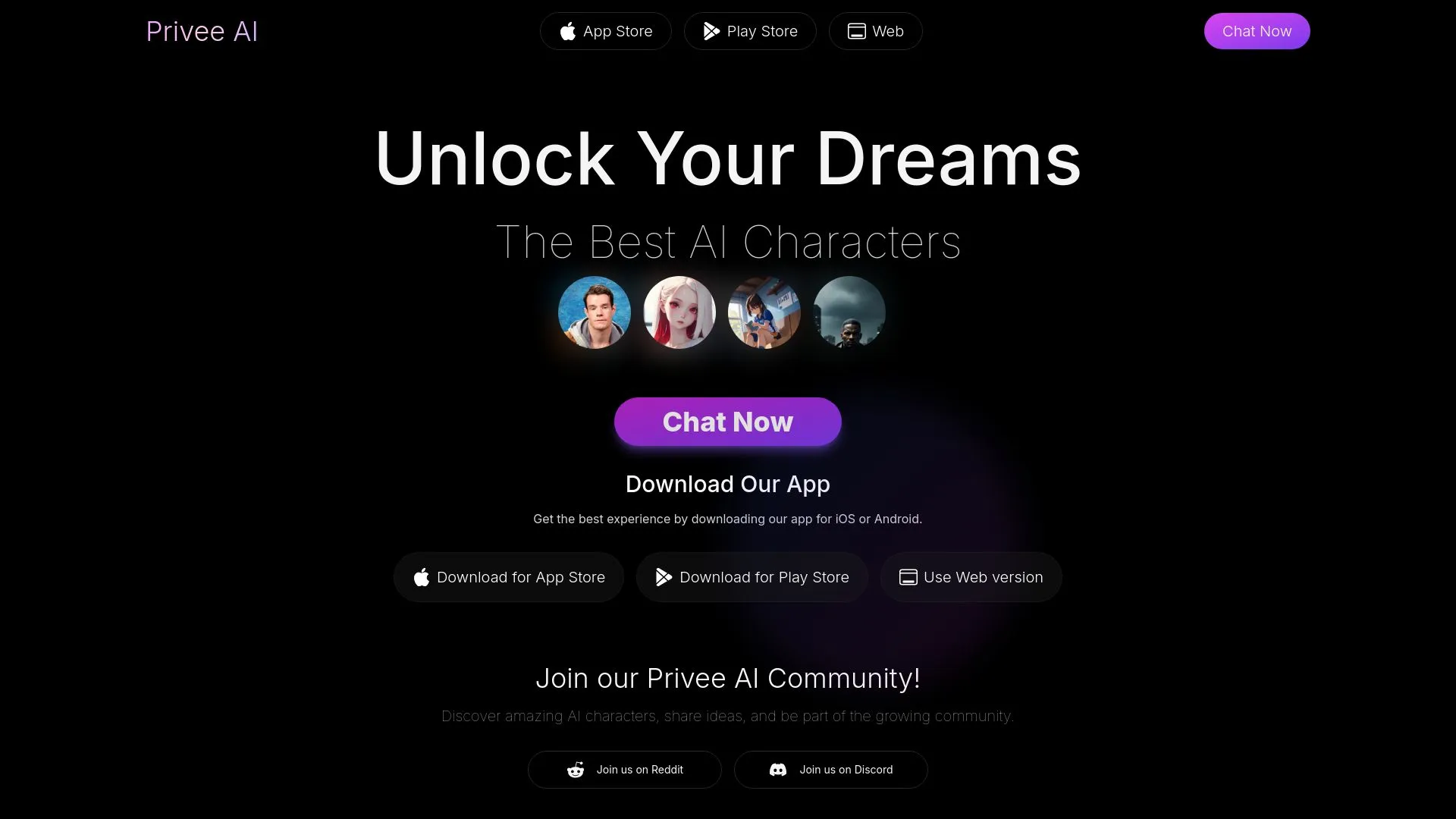Ethical and Social Issues of AI-Generated Pornography
AI-generated pornography, especially concerning depictions of minors, raises serious ethical and social issues. This trend exposes unsettling capabilities of artificial intelligence while highlighting an immediate necessity for regulations to safeguard vulnerable groups.
Key Concerns
- The rise of AI-generated child sexual abuse material (CSAM) is alarming, with a significant proportion featuring female minors.
- Deepfakes, whether involving actual individuals or entirely fictional characters, create serious moral challenges linked to child exploitation and societal values.
- The legal system struggles to adapt to the issues presented by AI-generated explicit content, revealing significant shortcomings in existing laws.
- Survivors of AI-generated pornography often endure severe emotional turmoil, experiencing real-world repercussions similar to those associated with traditional exploitation.
- A collaborative effort is essential to boost accountability and protective measures both within the tech industry and society as a whole.

Experience the Future of Connections Today
Discover how personalized interactions can transform your online experience with a free trial.

Experience the Future of Connections Today
Discover how personalized interactions can transform your online experience with a free trial.

Significant Impact of AI-Generated CSAM
AI-generated Child Sexual Abuse Material (CSAM) has surged online in recent times, presenting a horrifying trend. Just last month, over 20,000 AI-generated CSAM images appeared on dark web forums, with an alarming 99.6% of these depicting female children. This statistic speaks volumes about the troubling intersection of technology and exploitation.
The Disproportionate Impact
The rise of photorealistic images created by artificial intelligence reveals a disturbing pattern. The technology's advancement is not just a marvel; it poses severe risks, particularly for women and girls. Such statistics underline a broader societal issue where technology can be weaponized against the most vulnerable.
Key Points to Consider
- The sheer volume of AI-generated CSAM is staggering, indicating a failure to safeguard digital spaces.
- Victims, predominantly female children, endure severe psychological and emotional ramifications.
- The proliferation of such content raises critical questions about accountability and regulation within the tech industry.
Addressing this crisis demands a coordinated effort from policymakers, tech companies, and society at large. Awareness and action are crucial in mitigating the adverse effects of this disturbing trend.
Real-World Cases and Legal Implications
High-Profile Incidents
Cases like those from Almendralejo, Spain, and Westfield High School in New Jersey highlight severe issues surrounding AI-generated explicit images of minors. These incidents have stirred significant distress within communities and sparked public outcry. In Almendralejo, local authorities faced backlash after explicit images circulated among students, leading to a larger conversation about online safety. Similarly, Westfield High School's incident shed light on the dangers young individuals face in a digital landscape that often lacks oversight and regulation.
Legal Actions and Consequences
One notable legal development is the lawsuit by the New Mexico Attorney General against Meta. This case exposes potential negligence on Meta's part in protecting underage users from algorithms that may direct predatory content towards them. The implications of this lawsuit could reshape how tech companies handle user safety, especially for minors. Key factors include:
- Increased scrutiny over algorithms targeting young users.
- Potential reforms in content moderation practices.
- A push for stricter legal guidelines to safeguard minors from explicit content.
These incidents signify a growing need for vigilance in protecting minors from online harms, as the consequences of AI-generated content continue to unfold.
Types of AI-Generated Pornography Involving Girls
AI-generated pornography can be divided into two main categories, each with significant ethical implications.
Categories of AI Pornography
- Deepfakes of Real Individuals: This type involves altering images of actual people, sometimes leading to horrifying results. It is particularly alarming when minors' images are used to create explicit content. This practice raises serious ethical concerns regarding child sexual abuse and the potential normalization of such behavior.
- Deepfakes of Entirely Virtual Children: This category consists of created imagery that does not involve any real individuals. While it may seem less harmful at first glance, it still perpetuates troubling ideas about minors and sexuality.
The North Carolina case involving David Tatum showcases the misuse of deepfake technology. Tatum fabricated explicit images from innocent photographs, blurring the lines between reality and manipulation. Such incidents highlight the need for a deeper understanding of the implications and potential dangers associated with AI in pornography, especially concerning youth.
Training Data, Biases, and Their Consequences
Understanding the Impact of Troubling Datasets
Generative AI tools, such as Stable Diffusion, rely heavily on extensive datasets like LAION-5B to create outputs. These large repositories contain a wide range of content, but they often include problematic material, which can bias the AI's results.
The LAION dataset has surfaced as a significant concern. It includes thousands of instances of child sexual abuse material (CSAM). This raises pressing questions about the consequences of utilizing AI trained on harmful content. Such training data can lead to several implications:
- Reinforcement of harmful stereotypes: AI might perpetuate existing biases found in the datasets, affecting how it generates content.
- Ethical considerations: Training AI on datasets containing illegal or unethical materials poses risks for the safety and well-being of individuals.
- Legal ramifications: Companies could face lawsuits or regulatory issues for using datasets that include explicit or illicit content.
These biases can distort the generated outputs and raise serious ethical dilemmas. Addressing these issues will be critical in shaping the future of AI technologies, particularly in sensitive areas like adult content. Understanding the influence of training data is fundamental for anyone involved in developing or utilizing AI-driven platforms.
Legal and Regulatory Challenges
The Gaps in Current Legislation
Existing laws lack the capacity to address the unique challenges posed by AI-generated pornography. Despite efforts like the proposed SHIELD Act, which aims to tackle some of these issues, it fails to explicitly criminalize AI-generated pornographic images. This shortcoming highlights a significant gap in legal structures regarding accountability and victim protection.
Consider the following critical needs for legislative action:
- Comprehensive federal statutes against revenge porn must include provisions for AI-generated content.
- Laws need to evolve swiftly to match technological advancements in AI and pornography.
- Clear definitions and consequences should ensure accountability for creators and distributors of harmful material.
Addressing these gaps is essential to protect individuals from emerging threats linked to AI-driven adult content.
Social and Psychological Effects on Victims
Real-World Consequences of AI-Generated Content
AI-generated explicit images significantly impact victims, leading to harassment, bullying, and emotional distress akin to what occurs with genuine images. The normalization of AI-created content can desensitize viewers, making them more accepting of harmful media.
Consider these alarming trends:
- Over a third of individuals exposed to these materials often pursue direct contact with minors.
- Victims face severe emotional aftermath, including anxiety and depression.
- Social stigma intensifies their isolation, exacerbating mental health struggles.
These consequences underscore the urgent need to address the implications of AI-generated explicit imagery on individuals and society.

Top Trending AI Girlfriend Companions
This month, the popularity of AI girlfriend companions has surged significantly. These platforms offer users unique experiences that blend technology and emotional connections. Here’s a list of the most trending AI girlfriend generators you should check out:










